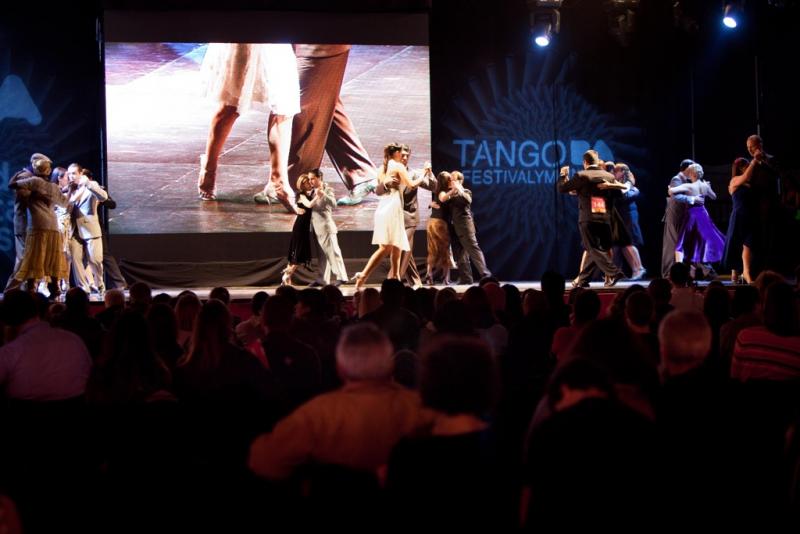

In spite of the scorn, some, like writer Ricardo Güiraldes, were fans. Like many forms of popular music, tango was associated with the underclass, and attempts were made to restrict its influence.
BANDAS DE TANGO INSTRUMENTAL DRIVER
Eduardo Arolas was the major driver of the bandoneón's popularization, with Vicente Greco soon standardizing the tango sextet as consisting of piano, double bass, two violins, and two bandoneóns.
BANDAS DE TANGO INSTRUMENTAL PORTABLE
The organito, a portable player-organ, broadened the popularity of certain songs. The music was played on portable instruments: flute, guitar, and violin trios, with bandoneón arriving at the end of the 19th century. The complex dances that arose from such rich music reflect how the men would practice the dance in groups, demonstrating male sexuality and causing a blending of emotion and aggressiveness. It took time to move into wider circles in the early 20th century, it was the favorite music of thugs and gangsters who visited brothels, in a city with 100,000 more men than women (in 1914). The first generation of tango players from Buenos Aires was called "Guardia Vieja" (the Old Guard). Villoldo himself recorded it in Paris (possibly in April 1908, with the Orchestre Tzigane du Restaurant du Rat Mort), as there were no recording studios in Argentina at the time.Įarly tango was played by immigrants in Buenos Aires and Montevideo. All sources stress the influence of African communities and their rhythms, while the instruments and techniques brought in by European immigrants in the 20th century played a major role in the style's final definition, relating it to the salon music styles to which tango would contribute back at a later stage.Īngel Villoldo's 1903 tango " El Choclo" was first recorded no later than 1906 in Philadelphia. Even though present forms of tango developed in Argentina and Uruguay from the mid-19th century, there are records of 19th and early 20th-century tango styles in Cuba and Spain, while there is a flamenco tango dance that may share a common ancestor in a minuet-style European dance.


 0 kommentar(er)
0 kommentar(er)
